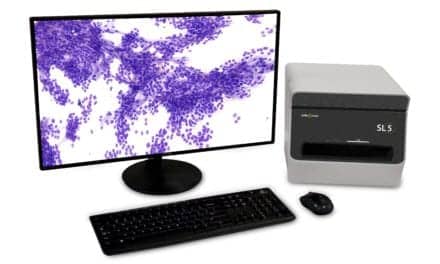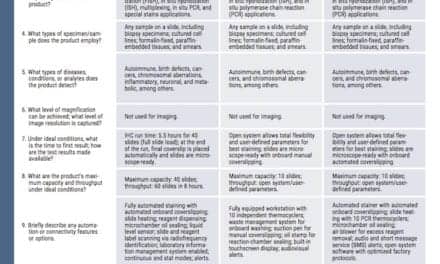Summary:
Laboratories dealing with increased biopsy volumes are adapting by employing advanced tissue processing systems, updated scheduling strategies, and new reagents. In handling high-volume histology, maintaining tissue quality under rapid processing protocols has become key. This article explores the technologies and methodologies labs are leveraging to optimize efficiency while ensuring high diagnostic accuracy.
Key Takeaways:
- Advanced tissue processors offer increased capacity and faster processing times.
- Optimized scheduling and workflow strategies help manage high-volume demands.
- Innovative reagents are crucial for maintaining tissue quality during rapid processing.
- Quality assurance remains a critical focus amidst increasing biopsy volumes.
The surge in biopsy volumes is compelling histology labs to explore new methodologies to manage workload without compromising on quality. Key to this transformation is the adoption of sophisticated tissue processors that not only handle larger capacities but also streamline processing times.
Enhanced tissue processing systems are integrating automation to accelerate workflows. These systems can perform multiple processing steps simultaneously, reducing hands-on time and minimizing human error. Laboratories are increasingly turning to all-in-one systems that aid in optimizing efficiency from fixation to embedding.
Scheduling is another pivotal component. Labs are refining their scheduling strategies to better accommodate fluctuations in biopsy numbers. This includes staggered shift patterns and optimized workflow distribution to ensure each phase of processing is adequately staffed and efficient.
Prioritizing Tissue Quality Under Pressure
Maintaining tissue quality amidst rising pressure to increase throughput remains a top priority for clinical laboratories. Rapid processing protocols require innovative reagents that preserve tissue integrity while allowing for faster processing times.
Reagents designed for rapid fixation and dehydration play a vital role. These reagents facilitate the completion of processing steps within reduced timeframes without compromising the quality of subsequent staining and diagnosis.
Quality assurance protocols are being adapted to continually assess processing efficiency and tissue quality. These measures include routine audits, proficiency testing, and validation processes to ensure that enhanced workflows do not sacrifice the accuracy of results.
Furthermore, regulatory guidelines continue to evolve. Updates from agencies like the US Food and Drug Administration provide frameworks that help labs maintain compliance while adopting new technologies. Staying informed about these updates is essential for maintaining operational standards and ensuring patient safety.
In conclusion, as biopsy volumes grow, histology labs are compelled to integrate advanced systems and strategies to enhance efficiency and maintain quality. By combining state-of-the-art processing systems, strategic scheduling, and innovative reagents, laboratories can successfully navigate the challenges of high-volume demands while ensuring optimal patient care.





